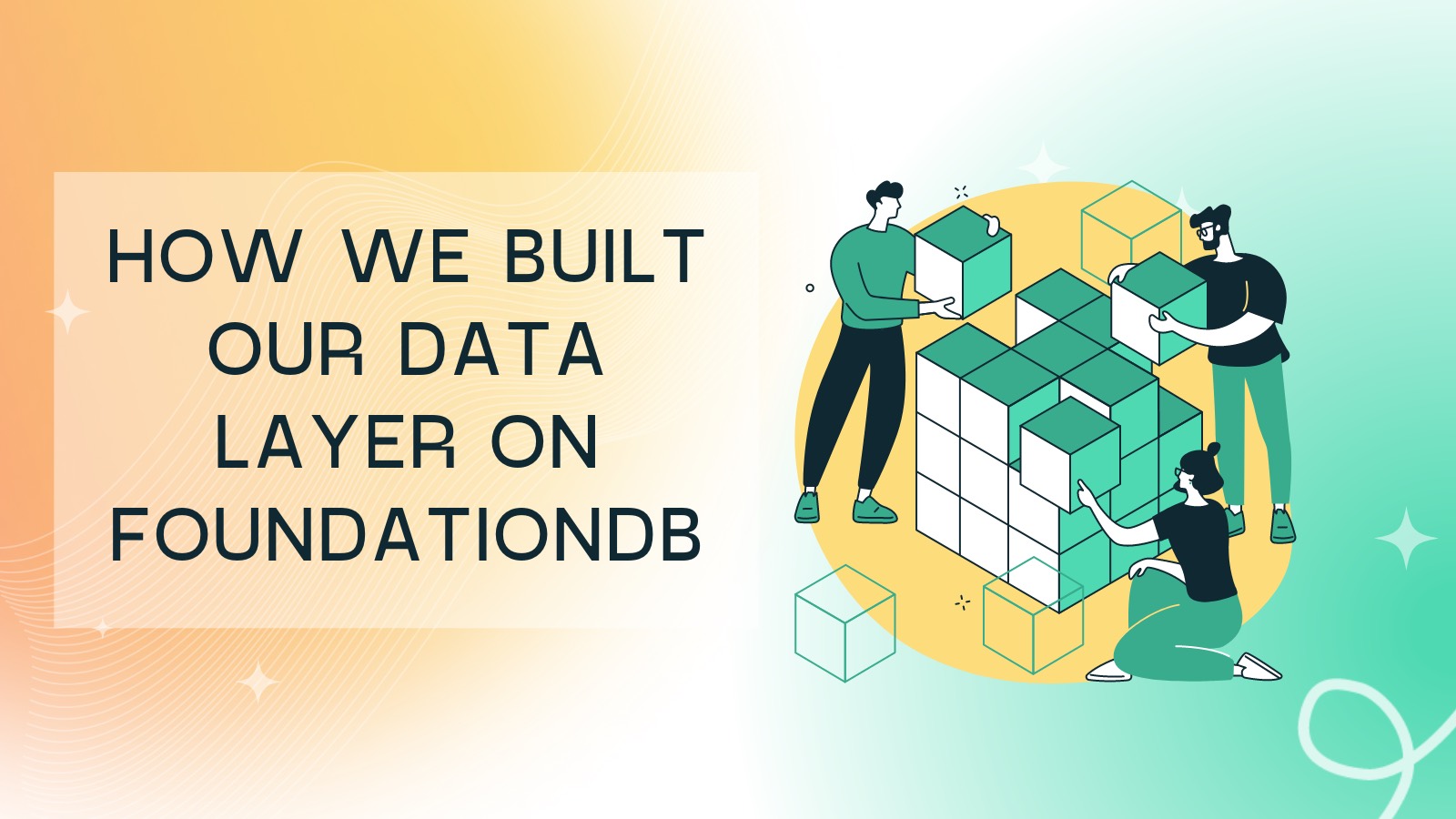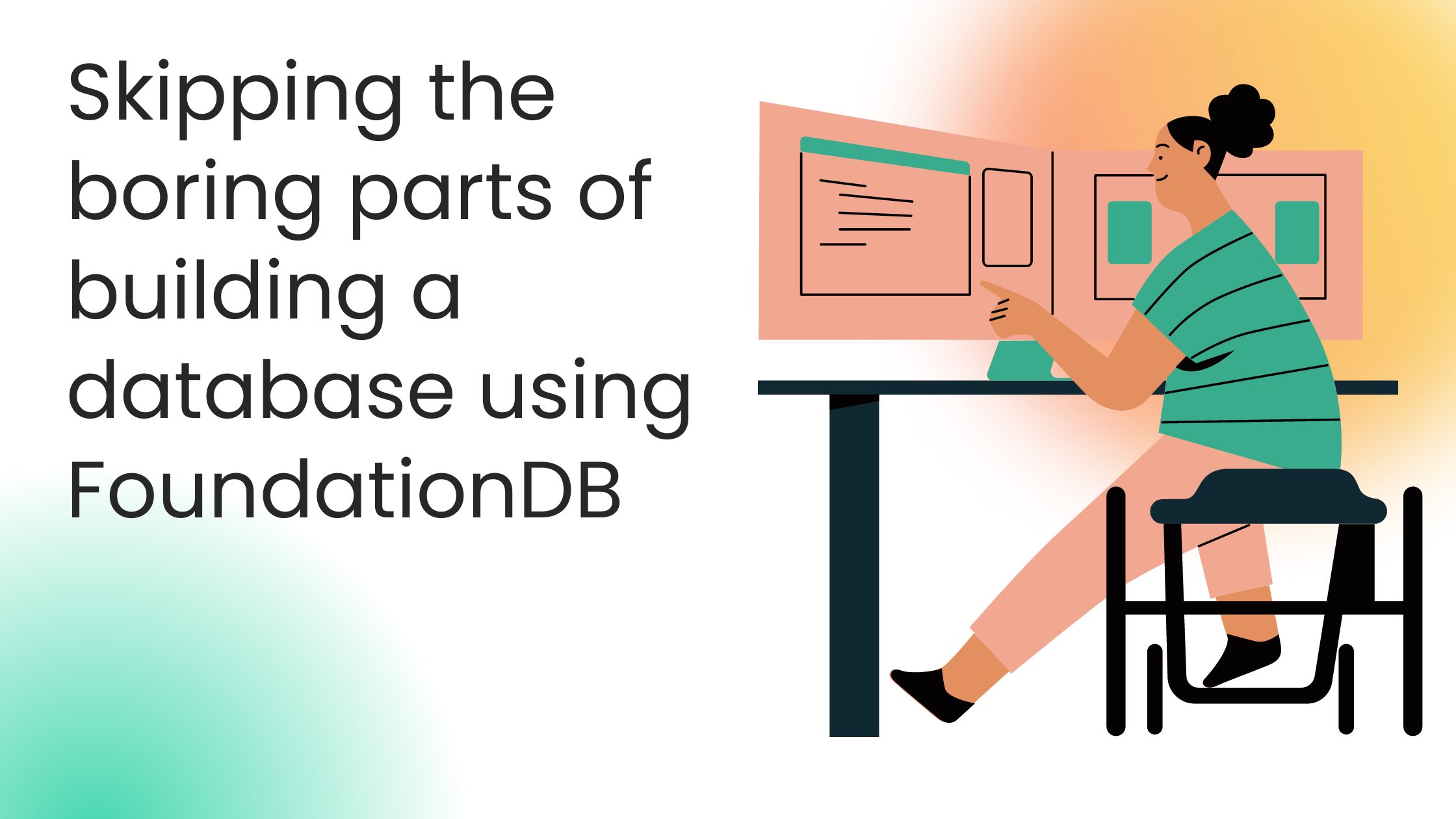Tigris is a globally available, S3 compatible object storage service.
Tigris uses FoundationDB's transactional key-value interface as its underlying storage engine. In our blog post Skipping the boring parts of building a database using FoundationDB we went into the details of why we chose to build on FoundationDB. To recap, FoundationDB is an ordered, transactional, key-value store with native support for multi-key strictly serializable transactions across its entire keyspace. We leverage FoundationDB to handle the hard problems of durability, replication, sharding, transaction isolation, and load balancing so we can focus on higher-level concerns.
We are starting a series of blog posts that go into the details of how Tigris has been implemented. In the first post of the series, we will share the details of how we have built the metadata storage layer on top of FoundationDB. We will cover the topics of data layout, and schema management.




